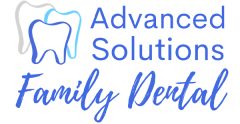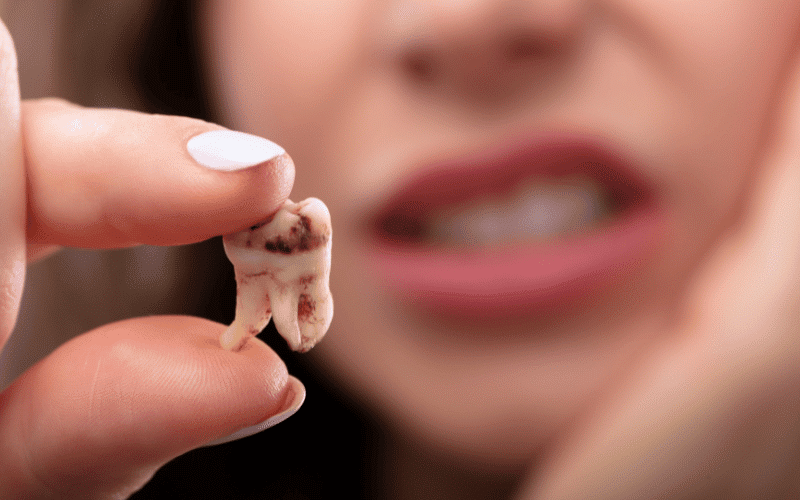Indulging in chocolate can be a delight, but it’s crucial to maintain oral health. To avoid tooth decay while enjoying chocolate, adopt these practices: First, choose dark chocolate with higher cocoa content and less sugar. Second, consume chocolate with meals to minimize its contact with teeth and neutralize acids.
Third, rinse your mouth with water or chew sugar-free gum after eating chocolate to reduce acidity. Fourth, maintain a consistent oral hygiene routine, including brushing twice daily and flossing daily. Lastly, schedule regular dental check-ups to detect and prevent any early signs of decay.
You can savor chocolate without compromising your dental health by following these steps.
The Science Behind Tooth Decay
Tooth decay, scientifically known as dental caries, is primarily caused by the interaction of bacteria in the mouth and sugars or carbohydrates from food. When you eat foods containing sugars or starches, bacteria in the mouth produce acids that attack the enamel, the protective outer layer of the teeth. Over time, this process can weaken and break down the enamel, leading to cavities or holes in the teeth.
Factors influencing tooth decay include oral hygiene habits, frequency of sugar consumption, saliva flow, and the composition of the oral microbiome. Poor oral hygiene allows bacteria to thrive, increasing the risk of decay.
Frequent consumption of sugary or acidic foods and drinks provides a steady fuel supply for bacteria, exacerbating the problem. Saliva helps neutralize acids and remineralize enamel, so conditions that reduce saliva flow can also contribute to tooth decay.
Additionally, the composition of the oral microbiome—the diverse community of bacteria, fungi, and other microorganisms in the mouth—plays a crucial role. Certain bacteria, such as Streptococcus mutans, are particularly adept at metabolizing sugars and producing acids, accelerating decay.
Preventive measures against tooth decay include maintaining good oral hygiene, limiting sugar intake, consuming a balanced diet rich in calcium and phosphorus, and regular dental check-ups for early detection and treatment of cavities. Fluoride treatments and dental sealants can also help strengthen enamel and protect against decay. Understanding the science behind tooth decay empowers individuals to make informed choices and take proactive steps to preserve their oral health.
How Chocolate Affects Tooth Health?
Chocolate can affect tooth health in several ways, depending on factors such as its composition, frequency of consumption, and oral hygiene practices:
1. Sugar Content: Traditional milk chocolate and some chocolate confectionery contain high amounts of sugar, which can contribute to tooth decay. When consumed, the sugar fuels bacteria in the mouth to produce acids that attack the enamel, leading to cavities over time.
2. Cocoa Content: Dark chocolate with higher cocoa content typically contains less sugar and may even have beneficial compounds such as flavonoids, which have antioxidant properties. Consuming dark chocolate in moderation may be less harmful to tooth health than milk chocolate.
3. Acidic pH: Some chocolate products, especially those with added ingredients like fruits or nuts, can have a lower pH, making them more acidic. Acidic foods can erode tooth enamel over time, increasing the risk of cavities and tooth sensitivity.
4. Sticky Texture: Chocolate, especially caramel-filled or nougat-based varieties, can have a sticky texture that adheres to the teeth. This stickiness prolongs the contact between sugars and bacteria in the mouth, increasing the likelihood of decay.
5. Oral Hygiene: Proper oral hygiene practices, such as brushing twice a day with fluoride toothpaste and flossing daily, can help mitigate the effects of chocolate consumption on tooth health. Rinsing the mouth with water or chewing sugar-free gum after eating chocolate can also help remove food particles and neutralize acids.
While chocolate can pose risks to tooth health, choosing dark chocolate with higher cocoa content, consuming it in moderation, and maintaining good oral hygiene habits can help minimize these effects. Additionally, it’s essential to be mindful of overall sugar intake and include a balanced diet to support oral health.
Choosing the Right Type of Chocolate
When it comes to choosing chocolate that is less harmful to tooth health, consider the following tips:
1. Dark Chocolate: Opt for dark chocolate with higher cocoa content (70% or more) and lower sugar content. Dark chocolate typically contains less sugar than milk chocolate and may have beneficial antioxidants like flavonoids.
2. Sugar-Free Varieties: Look for sugar-free or low-sugar chocolate options. These chocolates are sweetened with sugar substitutes like stevia or erythritol, reducing the risk of tooth decay.
3. Avoid Sticky Fillings: Choose plain chocolate bars or those with less sticky and sugary fillings, such as nuts or dried fruits. Moist fillings can adhere to teeth and increase the risk of cavities.
4. Limited Additives: Avoid chocolates with excessive additives, such as caramel, nougat, or candy pieces, as they often contain high amounts of sugar and may stick to teeth.
5. Portion Control: Enjoy chocolate in moderation and be mindful of portion sizes. Eating smaller portions reduces the exposure of teeth to sugar and acids, decreasing the risk of decay.
6. Pair with Tooth-Friendly Foods: Enjoy chocolate as a balanced meal or snack with tooth-friendly foods like fruits, vegetables, dairy products, and nuts. These foods can help neutralize acids and stimulate saliva production, reducing the impact of chocolate on tooth health.
By choosing the right type of chocolate and consuming it in moderation alongside a balanced diet and good oral hygiene practices, you can satisfy your sweet tooth while minimizing the risk of tooth decay.
Tips for Eating Chocolate Without Causing Tooth Decay
1. Choose Dark Chocolate: Opt for dark chocolate with a high cocoa content (70% or more) and lower sugar content. Dark chocolate contains less sugar than milk chocolate and may have beneficial antioxidants supporting oral health.
2. Enjoy with Meals: Consume chocolate as part of a meal rather than as a standalone snack. Eating chocolate with other foods can help minimize contact with teeth and reduce the time sugars and acids are in the mouth, lowering the risk of tooth decay.
3. Rinse or Chew Gum: After eating chocolate, rinse your mouth with water or chew sugar-free gum. This can help wash away residual chocolate particles and stimulate saliva production, which helps neutralize acids and remineralize tooth enamel.
4. Practice Good Oral Hygiene: Maintain a consistent oral hygiene routine, including brushing your teeth twice daily with fluoride toothpaste and flossing daily. Proper oral care helps remove plaque and food particles, reducing the risk of tooth decay.
5. Limit Frequency and Portions:Enjoy chocolate in moderation and avoid frequent daily consumption. Eating smaller portions and limiting the frequency of chocolate consumption can help minimize the exposure of teeth to sugars and acids, lowering the risk of decay.
In conclusion, enjoying chocolate without causing tooth decay is possible with mindful choices and proper oral care. Opt for dark chocolate with high cocoa content, consume it with meals, and rinse afterward. Maintain a consistent oral hygiene routine and limit chocolate intake to reduce the risk of decay.
Remember, moderation is key. For personalized dental care and advice, trust Advanced Solutions Family Dental. Let’s keep your smile healthy and bright! Schedule your appointment today and indulge in chocolate without worries. Your teeth will thank you.

